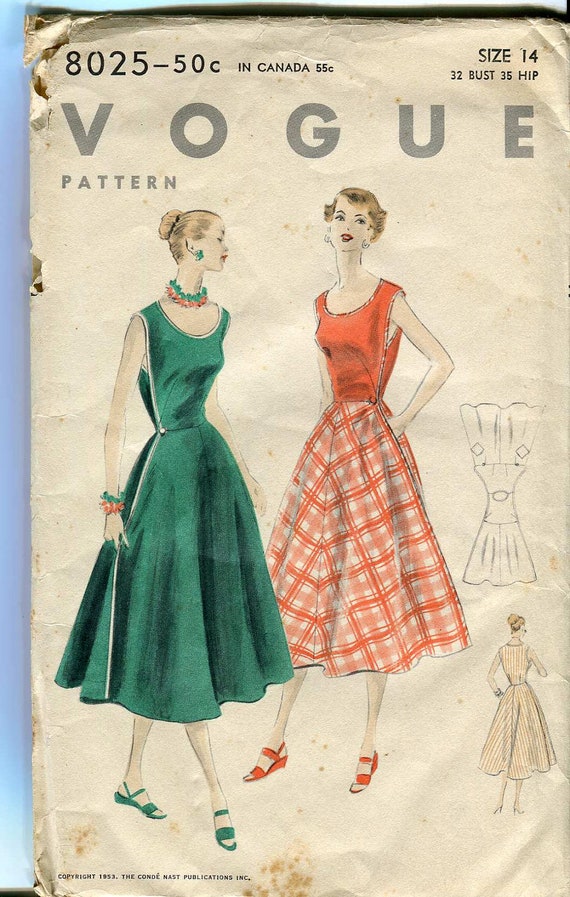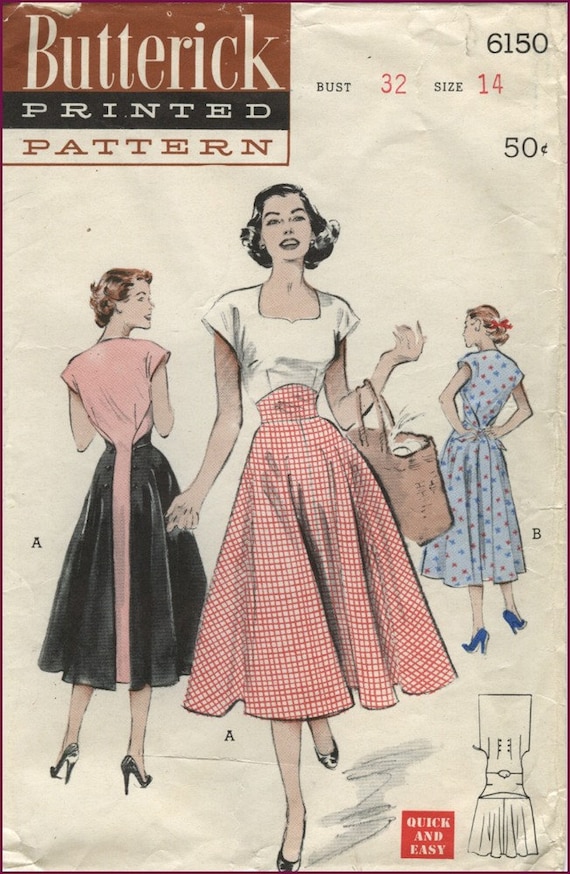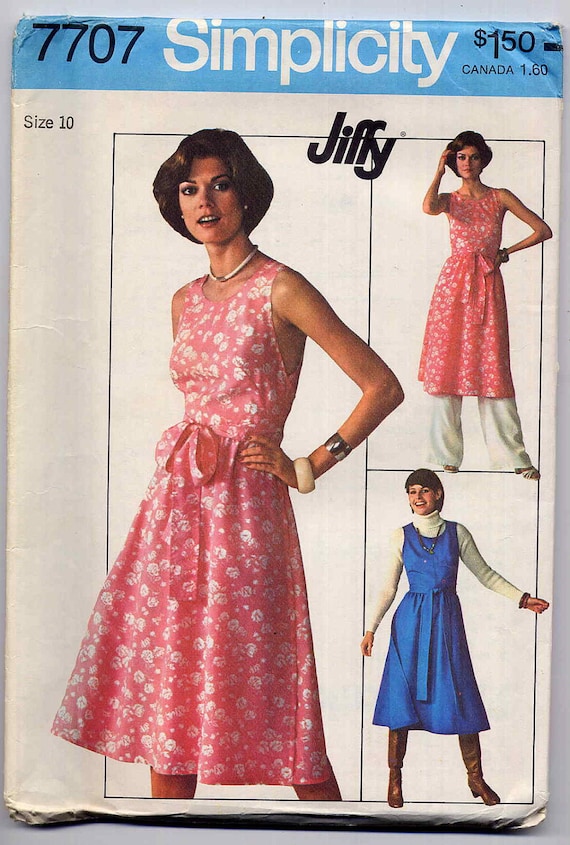Now that winter is truly upon us, I bet most of us have reached for a coat. What kind of coat are you wearing this year? Duffle, trench, or princess? Reefer, chesterfield, or polo? Loden? Redingote? Trimmer or cocoon? Swagger or clutch? (Or just a plain ol' coat?) These are all styles of outerwear that have been popular since the turn of the twentieth century. In this post, I have focused on long coats--those that come to the knee or below; shorter coats, or jackets, will be discussed in another post.
Coats, specifically "overcoats," are relatively new garments for women; due to the wide skirts that were the fashion up until the turn of the twentieth century, many women wore capes, cloaks, or shawls for warmth (there were exceptions, of course--the pelisse was a long-sleeved outer garment that echoed the lines of ladies' dresses before, during, and after the Regency period).
In the 1920s, coats became fashion statements as much as protective garments against the elements. The straight lines of twenties frocks were covered with cocoon coats, somewhat shapeless garments that swaddled the body; these often had fur cuffs and fur collars. In the thirties, more styles of coats emerged: double-breasted coats that buttoned, including the collegiate-style coat, Hollywood, and reefer coat; the polo coat, a double-breasted wrap coat ; princess coats had, well, princess seams that created a slim silhouette on top with a more flared "skirt" on the bottom half; swagger coats are very full coats, shaped like an inverted "V," usually with raglan sleeves. (By the way, a Chesterfield coat--originally an man's style--is a double-breasted coat with high peaked collars, somewhat flared, with a velvet collar.)
Top row, left: a cocoon coat (courtesy artdecoblog.tumblr.com)
Right: swagger coat (courtesy vintagedancer.com)
Bottom row, left: princess coat (courtesy adore-vintage.blogspot.com)
Right: wraparound, reefer, Hollywood (courtesy vintagedancer.com)
In 1942, as fabric became more scarce due to wartime restrictions, the United States War Production Board implemented L-85, which forbade things such as unnecessary pleating, turned-back cuffs, overly large collars, etc., and coats became much simpler and boxier for a time. After the war, the New Look (nipped-in waist, very full skirt) could also be seen in outerwear (princess coats again). Coats with very full silhouettes and bell sleeves, sometimes called swing coats, were popular (partially due to the postwar baby boom: a full coat was comfortable for a pregnant woman--no belts!). And clutch coats--that wildly impractical garment with no fasteners--were stylish throughout much of the 1950s. And of course, in the 1960s, anything went: women wore men's coats, short swingy coats were made to cover short minis, ethnic influences could be seen (East Asian embroidery, Russian steppe dwellers, poncho shapes)--and of course, there was the maxi coat.
Left to right: 1940s wartime coats (courtesy uvm.edu; New Look coats (courtesy glamourdaze.com); a 1950s swing coat (unattributed, from Pinterest.com); 1960s coat styles (courtesy secondhandwithstyle.com); early 1970s coat (courtesy bessgeorgette.com)
In the 1970s, maxi coats and trench coats were often seen, with wrap coats becoming very popular (short jackets and longer coats). Duffle coats (wool coats fastened with toggles), pea coats--anyone else here buy those sorts of coats at the Salvation Army? I did!--loden coats...the seventies fashionista could take her pick. As always, fashion recycles itself...in the 1980s and 1990s, some version of almost all of these styles could be had.
Now let's take a look at some lovely coat patterns from members of the Pattern Patter team.
Top row, left to right: 1920s/1930s Pattern (PDF): Mrsdepew
Second row: DuBarry 1565: PinkPolkaDotButton
Third row: Hollywood 1316: FloradoraPresents
Fourth row: Vogue 6330: Fragolina
Top row, left to right: Vogue 1466: Anne8865
Second row: Vogue 4563: sewbettyanddot
Third row: Style 2574: VogueVixens
Fourth row: Advance 2854: SelvedgeShop
Top row, left to right: Simplicity 9019: PeoplePackages
Second row: Simplicity 5930: patternshop
Third row: Simplicity 7899: beththebooklady
Fourth row: Vogue 8781: AdeleBeeAnnPatterns
Vogue 1458: allthepreciousthings
Which one of these coats would YOU like to wrap yourself in? Tell us in the comments!
Which one of these coats would YOU like to wrap yourself in? Tell us in the comments!

















